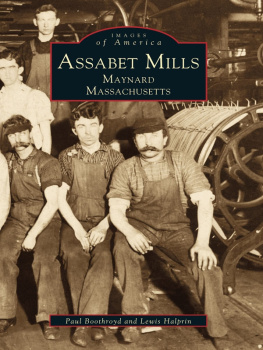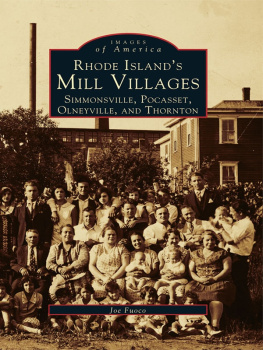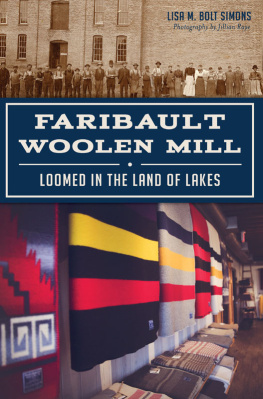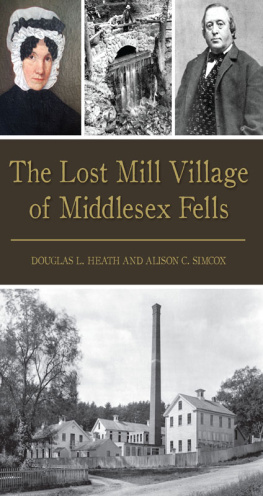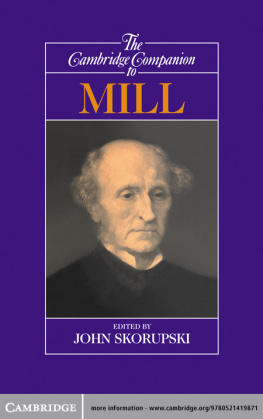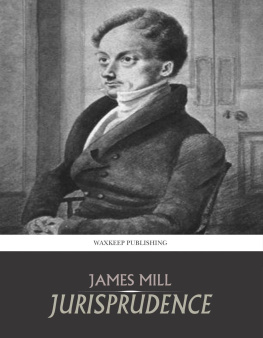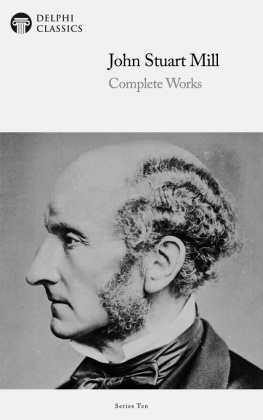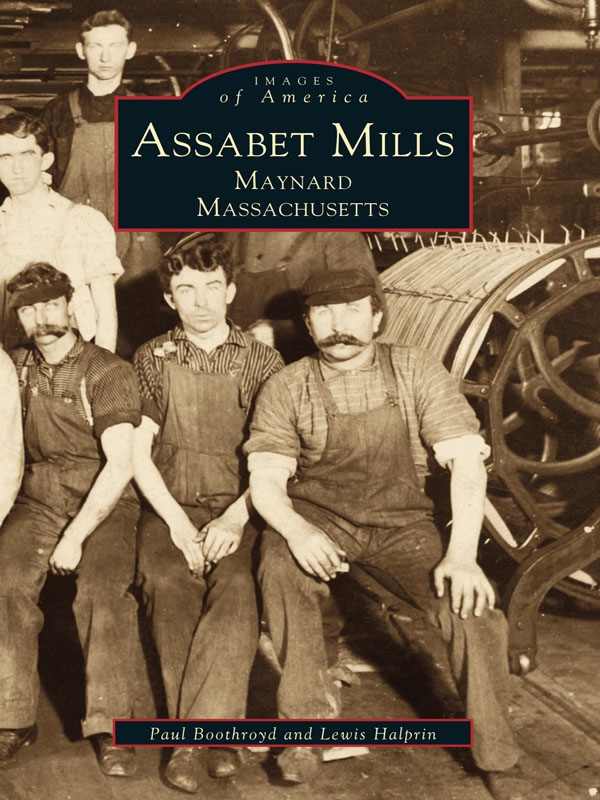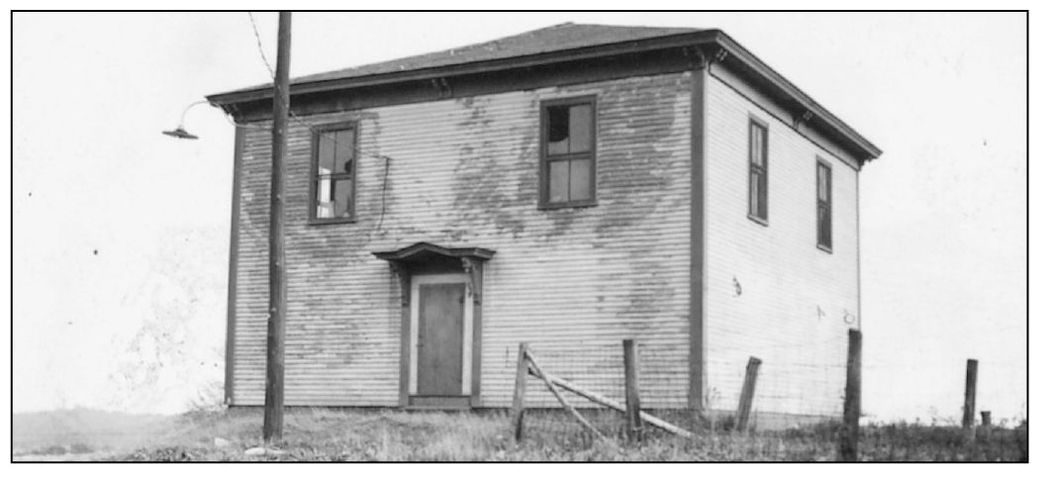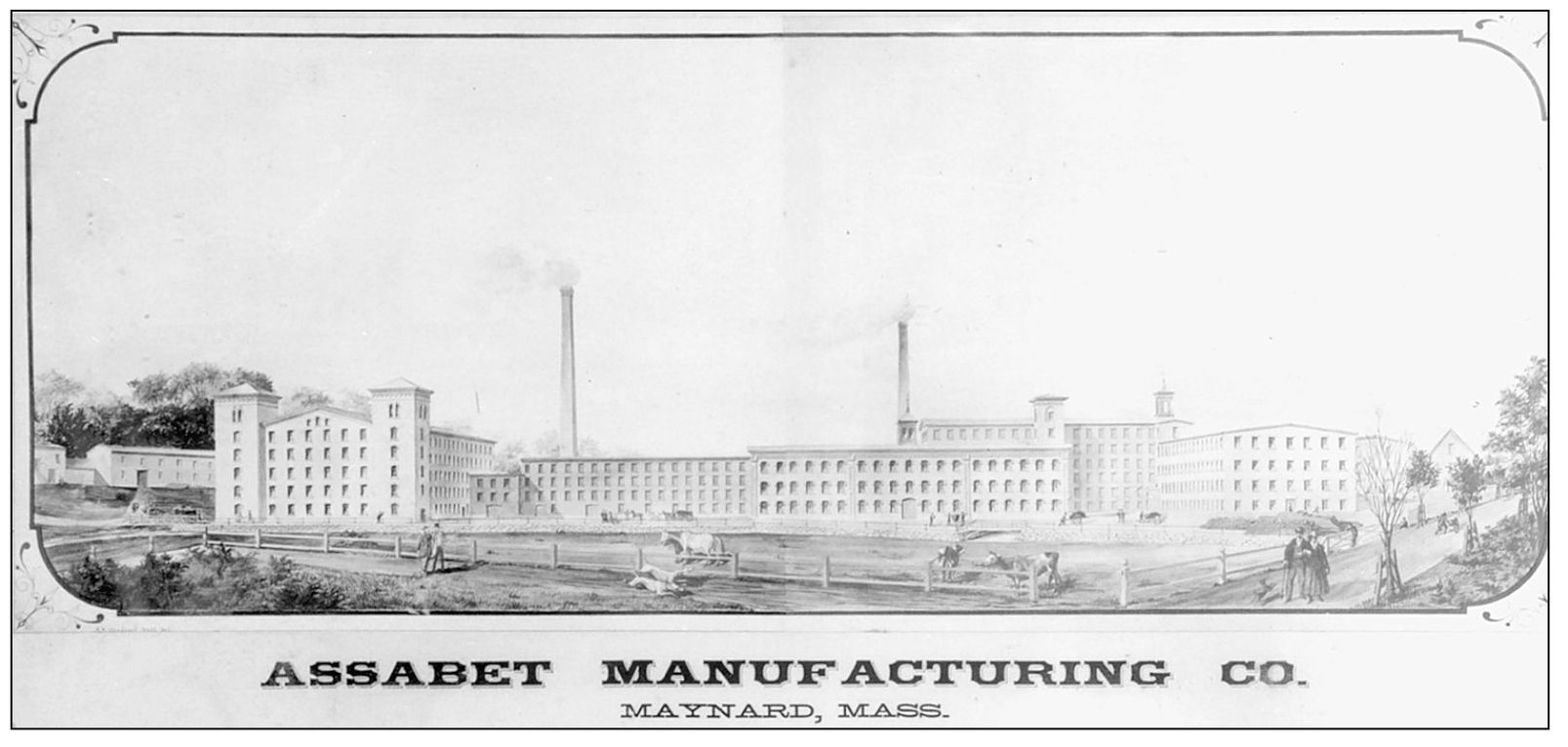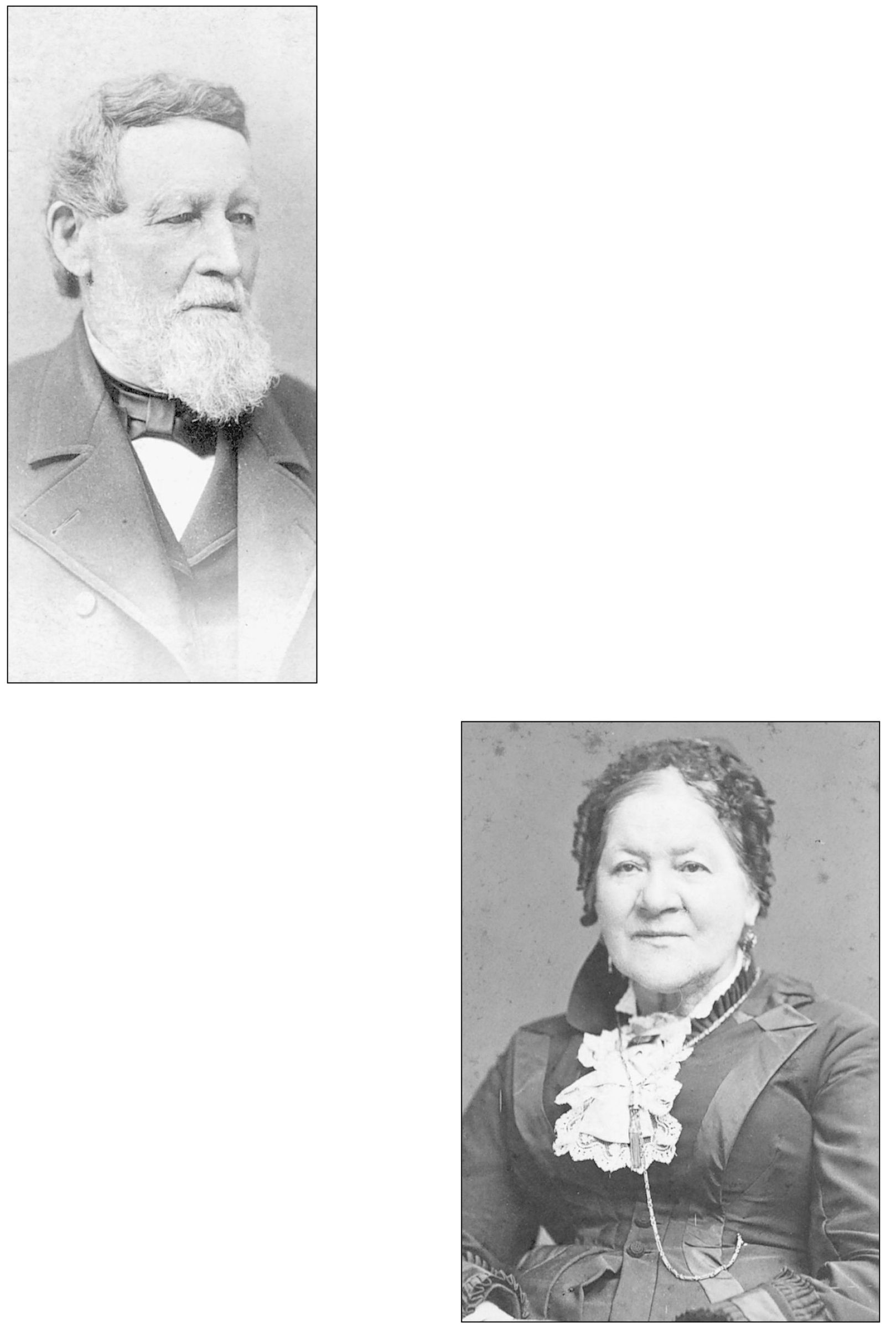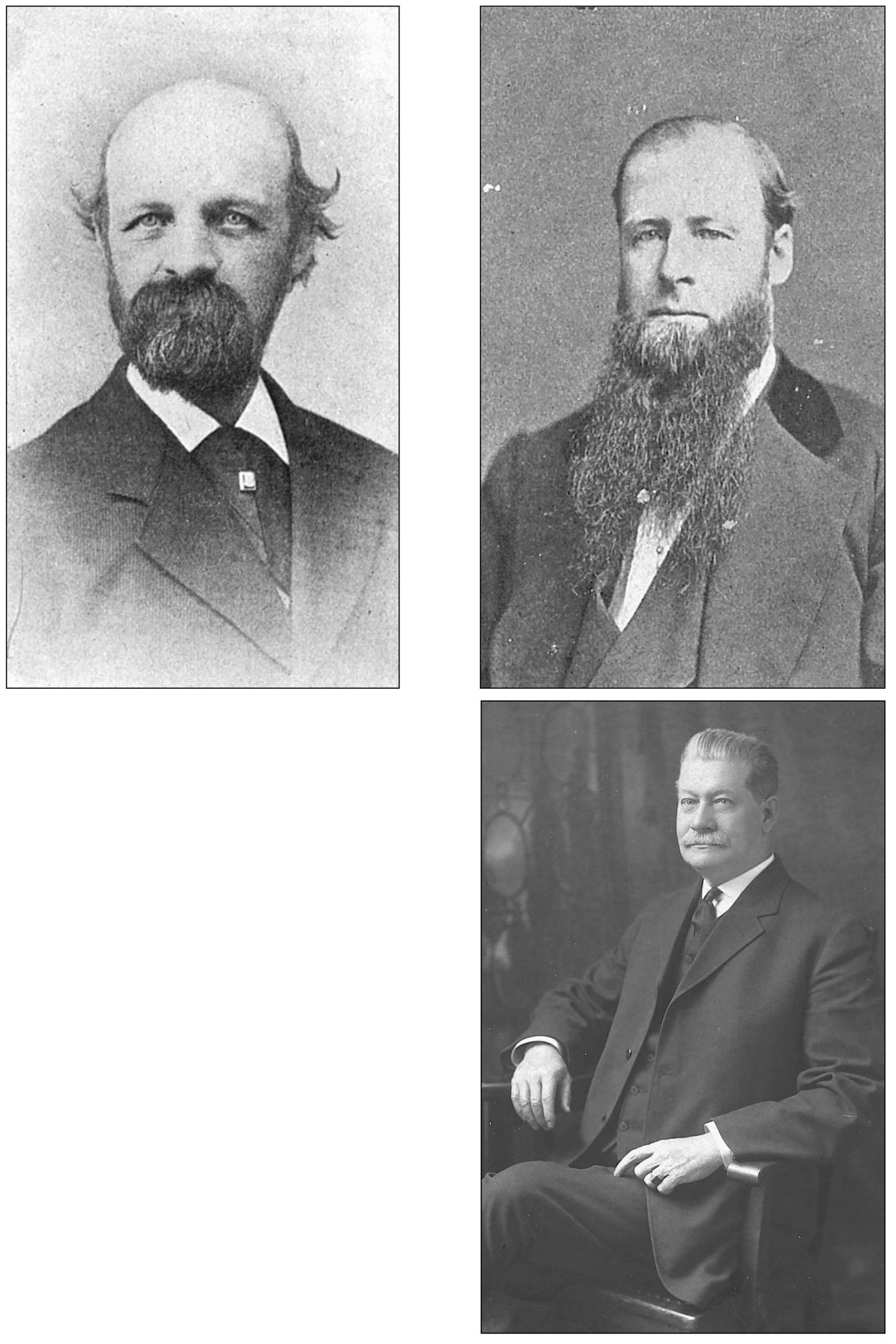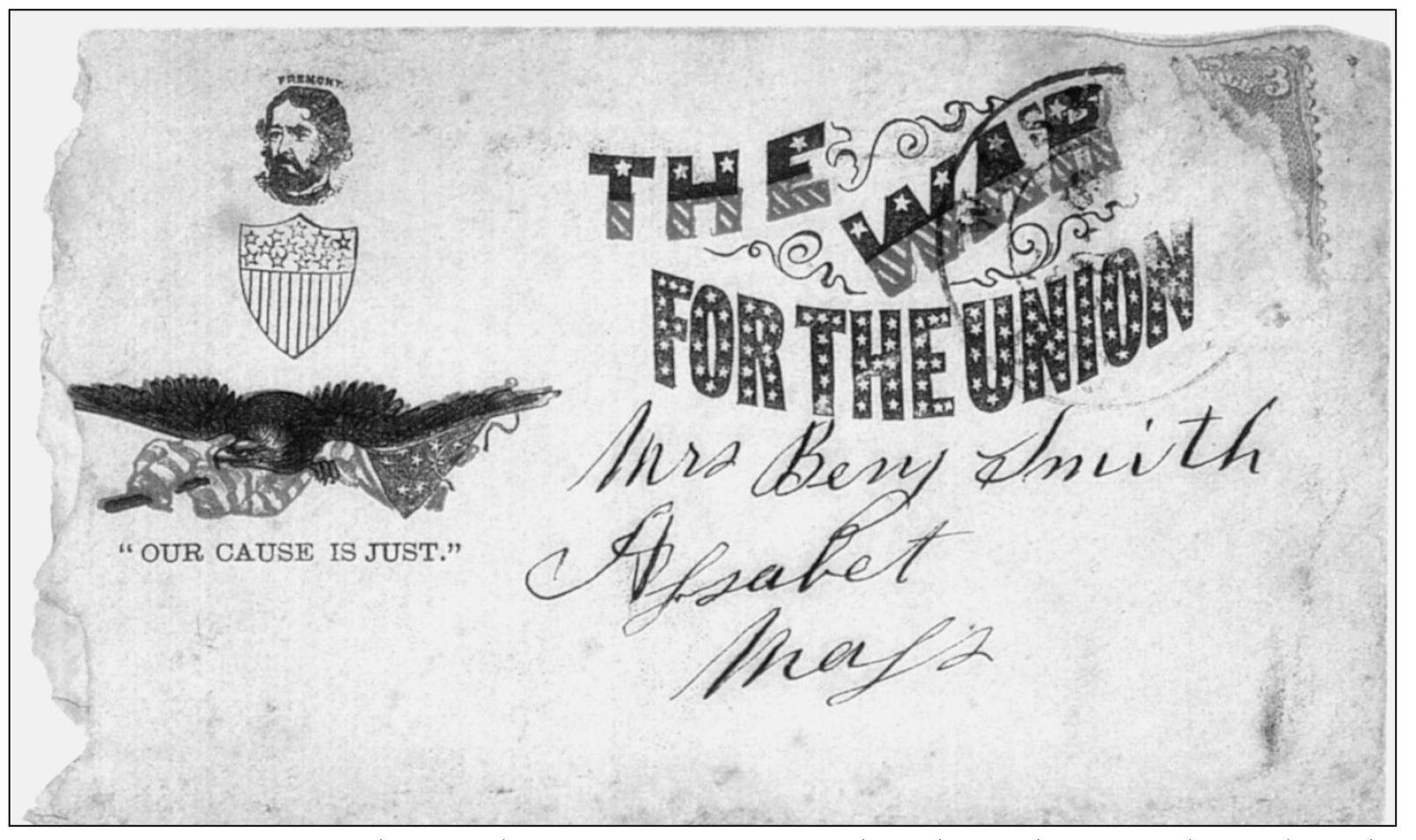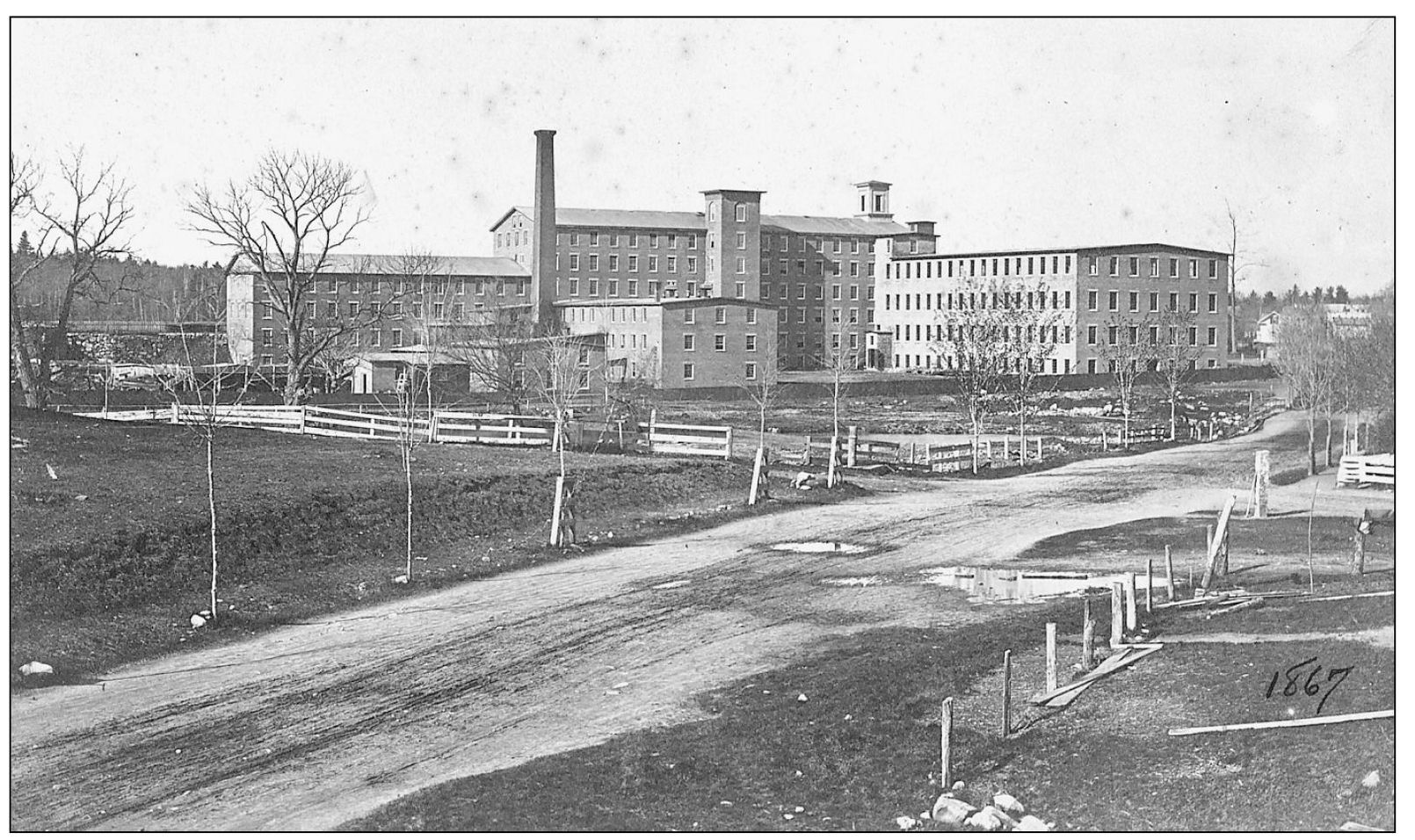Boothroyd - Assabet Mills
Here you can read online Boothroyd - Assabet Mills full text of the book (entire story) in english for free. Download pdf and epub, get meaning, cover and reviews about this ebook. year: 1999;2011, publisher: Arcadia Publishing Inc., genre: Detective and thriller. Description of the work, (preface) as well as reviews are available. Best literature library LitArk.com created for fans of good reading and offers a wide selection of genres:
Romance novel
Science fiction
Adventure
Detective
Science
History
Home and family
Prose
Art
Politics
Computer
Non-fiction
Religion
Business
Children
Humor
Choose a favorite category and find really read worthwhile books. Enjoy immersion in the world of imagination, feel the emotions of the characters or learn something new for yourself, make an fascinating discovery.
- Book:Assabet Mills
- Author:
- Publisher:Arcadia Publishing Inc.
- Genre:
- Year:1999;2011
- Rating:5 / 5
- Favourites:Add to favourites
- Your mark:
Assabet Mills: summary, description and annotation
We offer to read an annotation, description, summary or preface (depends on what the author of the book "Assabet Mills" wrote himself). If you haven't found the necessary information about the book — write in the comments, we will try to find it.
the proverbial cat. The carpet mill faltered in 1857, but in 1862, the Assabet Manufacturing Company started producing woolen materials and blankets to support the Civil War. This mill faltered in 1898, but in 1899, the American Woolen Company bought the
mills and greatly expanded them. In 1950, the woolen company faltered and shut down completely, but in 1957, Digital Equipment moved in. Digital faltered in 1997 and sold the buildings to Clock Tower Place, which is...
Boothroyd: author's other books
Who wrote Assabet Mills? Find out the surname, the name of the author of the book and a list of all author's works by series.

